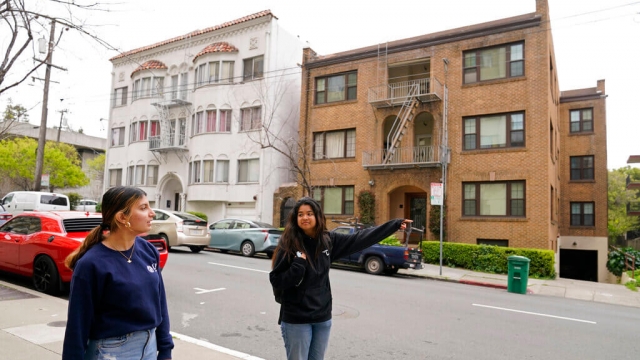For weeks, protesters in New York City have made their opposition known to possible price hikes for rent-stabilized apartments.
Every year, the city's rent guideline board sets a percentage limit on how much landlords can raise the price of rent-stabilized apartments.
On Thursday they'll vote on whether to raise the cap anywhere from 2% to 7%, depending on lease length.
At recent public hearings landlords and renters have been bitterly divided on the vote.
For New Yorkers who don't live in rent-stabilized apartments, data from the National Low Income Housing Coalition found minimum-wage workers need to work at least 109 hours per week to afford a studio apartment in the city.
The problem is echoed around the country.
Zillow's latest Observed Rent Index says rent in May was nearly 5% higher than it was last year, with typical rent costing over $2,000 a month.
And, according to the NLIHC, there isn't a single state where low-wage earners can afford median rent on a two-bedroom apartment.
SEE MORE: Rent prices continue to climb across the US
To put the high rent in perspective, the NLIHC says an average full-time worker in the U.S. needs to make nearly $24 per hour to afford a one-bedroom home.
That's nearly triple the federal minimum wage — which hasn't budged from $7.25 per hour in years.
Some renters can't keep up, even in states with a $15 an hour minimum wage, like in Washington, where a worker needs to earn over $36 per hour to afford a two-bedroom rental.
In January the White House released a "Renters Bill of Rights," which could limit "egregious rent increases" on properties with federal mortgages and establish eviction prevention and relief.
But the National Apartment Association trade group says it's best to leave housing decisions to each individual rental market.
Trending stories at Scrippsnews.com



